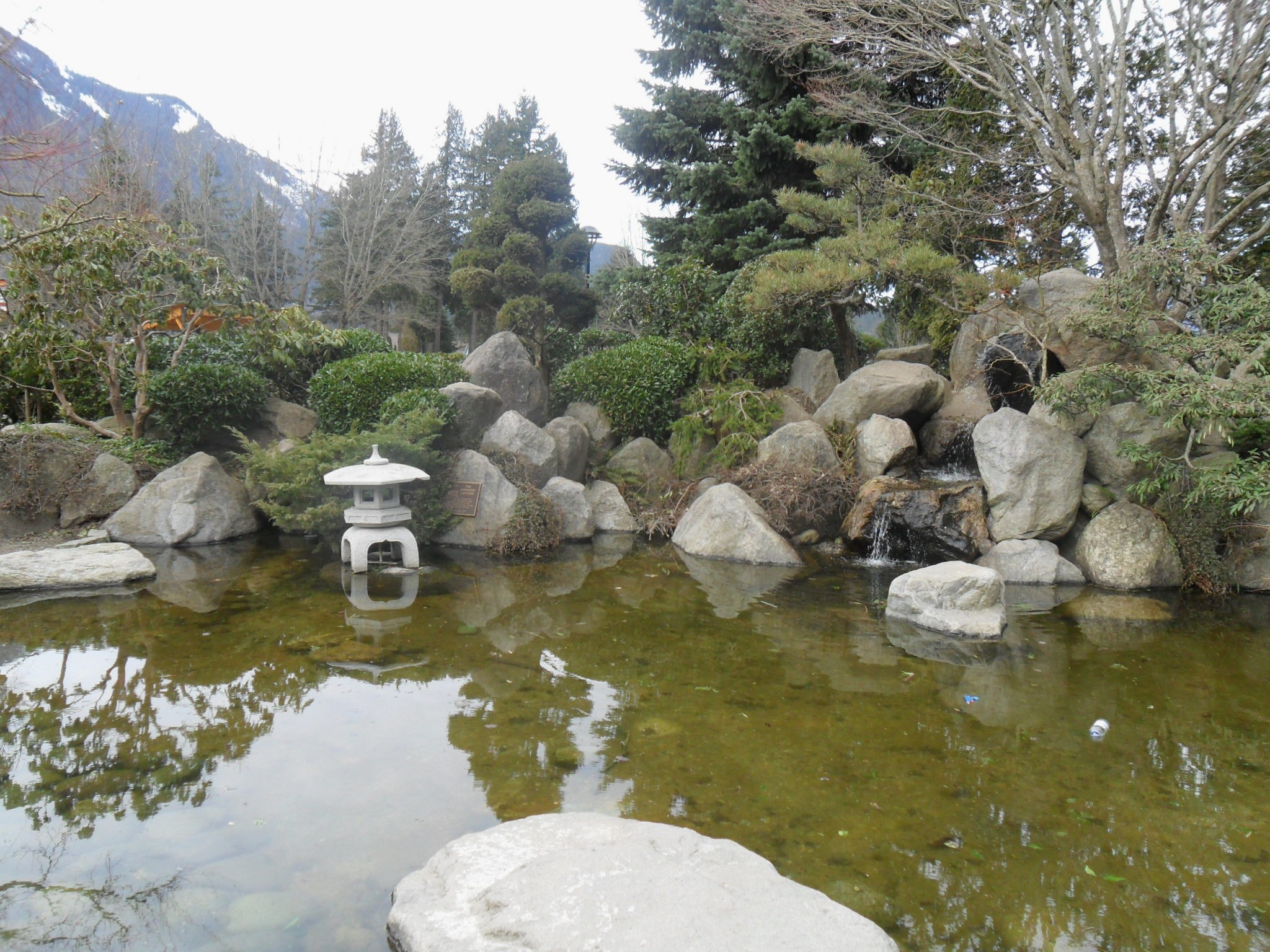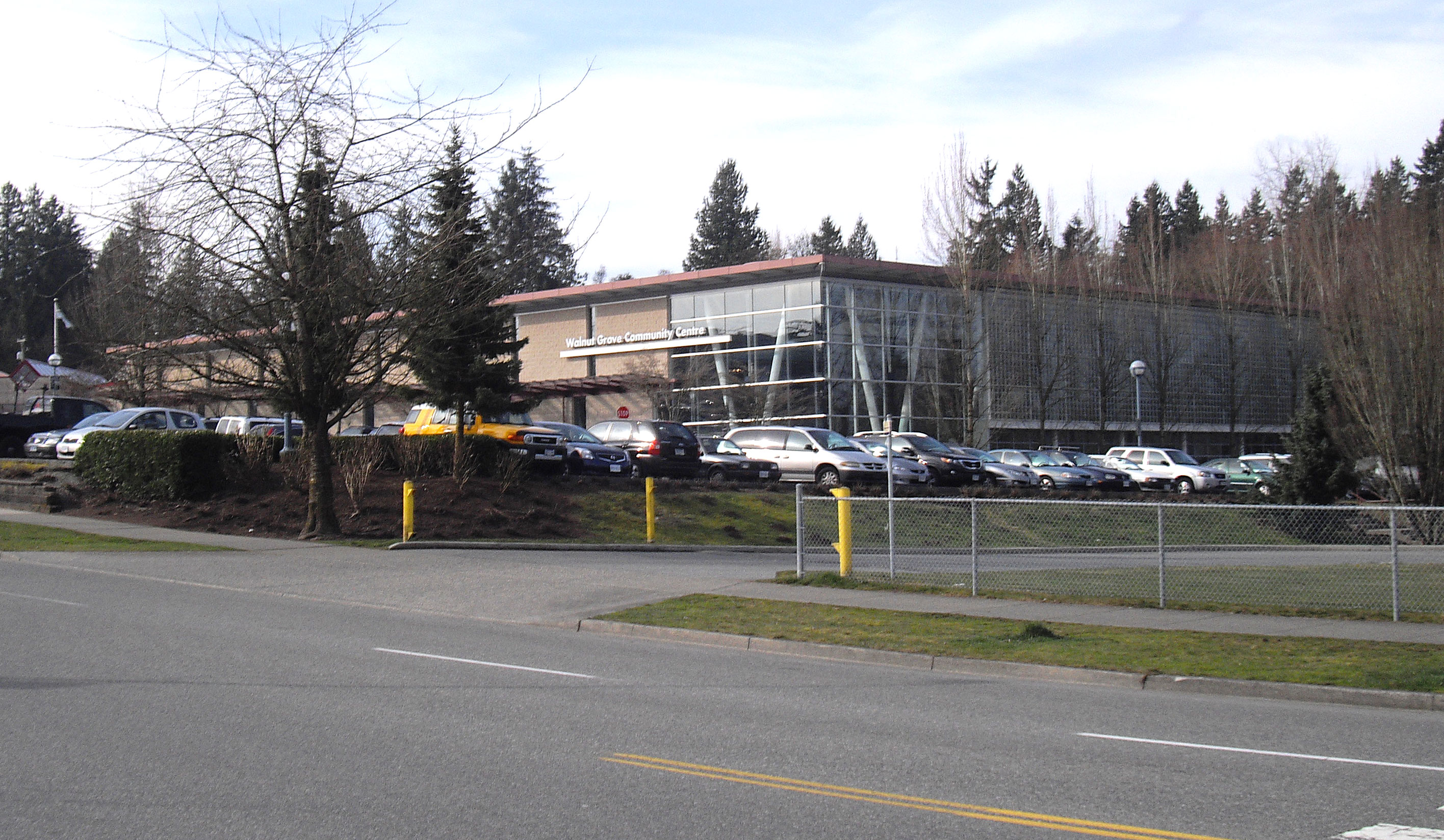|
Dogwood Valley, British Columbia
Dogwood Valley is an unincorporated community in the Fraser Canyon region of British Columbia, Canada, approximately midway between the towns of Yale and Hope. It was named in 1972 in reference to the many flowering dogwood trees in the area. Its main presence on the Trans-Canada Highway is a gas station and attached diner. See also *List of communities in British Columbia Communities in the province of British Columbia, Canada can include incorporated municipalities, Indian reserves, unincorporated communities or localities. Unincorporated communities can be further classified as recreational or urban. Indian ... References Designated places in British Columbia Fraser Canyon Populated places on the Fraser River Unincorporated settlements in British Columbia {{BritishColumbiaInterior-geo-stub ... [...More Info...] [...Related Items...] OR: [Wikipedia] [Google] [Baidu] |
Fraser Canyon
The Fraser Canyon is a major landform of the Fraser River where it descends rapidly through narrow rock gorges in the Coast Mountains en route from the Interior Plateau of British Columbia to the Fraser Valley. Colloquially, the term "Fraser Canyon" is often used to include the Thompson Canyon from Lytton to Ashcroft, since they form the same highway route which most people are familiar with, although it is actually reckoned to begin above Williams Lake, British Columbia at Soda Creek Canyon near the town of the same name. Geology The canyon was formed during the Miocene period (23.7–5.3 million years ago) by the river cutting into the uplifting Interior Plateau. From the northern Cariboo to Fountain, the river follows the line of the huge Fraser Fault, which runs on a north–south axis and meets the Yalakom Fault a few miles downstream from Lillooet. Exposures of lava flows are present in cliffs along the Fraser Canyon. They represent volcanic activity in the southern ... [...More Info...] [...Related Items...] OR: [Wikipedia] [Google] [Baidu] |
British Columbia
British Columbia (commonly abbreviated as BC) is the westernmost province of Canada, situated between the Pacific Ocean and the Rocky Mountains. It has a diverse geography, with rugged landscapes that include rocky coastlines, sandy beaches, forests, lakes, mountains, inland deserts and grassy plains, and borders the province of Alberta to the east and the Yukon and Northwest Territories to the north. With an estimated population of 5.3million as of 2022, it is Canada's third-most populous province. The capital of British Columbia is Victoria and its largest city is Vancouver. Vancouver is the third-largest metropolitan area in Canada; the 2021 census recorded 2.6million people in Metro Vancouver. The first known human inhabitants of the area settled in British Columbia at least 10,000 years ago. Such groups include the Coast Salish, Tsilhqotʼin, and Haida peoples, among many others. One of the earliest British settlements in the area was Fort Victoria, established ... [...More Info...] [...Related Items...] OR: [Wikipedia] [Google] [Baidu] |
Canada
Canada is a country in North America. Its ten provinces and three territories extend from the Atlantic Ocean to the Pacific Ocean and northward into the Arctic Ocean, covering over , making it the world's second-largest country by total area. Its southern and western border with the United States, stretching , is the world's longest binational land border. Canada's capital is Ottawa, and its three largest metropolitan areas are Toronto, Montreal, and Vancouver. Indigenous peoples have continuously inhabited what is now Canada for thousands of years. Beginning in the 16th century, British and French expeditions explored and later settled along the Atlantic coast. As a consequence of various armed conflicts, France ceded nearly all of its colonies in North America in 1763. In 1867, with the union of three British North American colonies through Confederation, Canada was formed as a federal dominion of four provinces. This began an accretion of provinces an ... [...More Info...] [...Related Items...] OR: [Wikipedia] [Google] [Baidu] |
Yale, British Columbia
Yale is an unincorporated town in the Canadian province of British Columbia, which grew in importance during the gold rush era. Located on the Fraser River, it is generally considered to be on the dividing line between the Coast and the Interior regions of the British Columbia Mainland. Immediately north of the town, the Fraser Canyon begins and the river is generally considered unnavigable past this point. Rough water is common on the Fraser anywhere upstream from Chilliwack and even more so above Hope, about south of Yale. However, steamers could make it to Yale, good pilots and water conditions permitting, and the town had a busy dockside life as well as a variety of bars, restaurants, hotels, saloons and various services. Its maximum population during the gold rush era was in the 15,000 range. More generally, it housed 5,000-8,000. The higher figure was counted at the time of evacuation of the Canyon during the Fraser Canyon War of 1858. Most of today's population are membe ... [...More Info...] [...Related Items...] OR: [Wikipedia] [Google] [Baidu] |
Hope, British Columbia
Hope is a district municipality at the confluence of the Fraser and Coquihalla rivers in the province of British Columbia, Canada. Hope is at the eastern end of both the Fraser Valley and the Lower Mainland region, and is at the southern end of the Fraser Canyon. To the east, over the Cascade Mountains, is the Interior region, beginning with the Similkameen Country on the farther side of the Allison Pass in Manning Park. Located east of Vancouver, Hope is at the southern terminus of the Coquihalla Highway and the western terminus of the Crowsnest Highway, locally known as the Hope-Princeton (Highways 5 and 3, respectively), where they merge with the Trans-Canada Highway ( Highway 1). Hope is at the eastern terminus of Highway 7. As it lies at the eastern end of the Fraser Valley in the windward Cascade foothills, the town gets very high amounts of rain and cloud cover – particularly throughout the autumn and winter. Hope is a member municipality of the Fraser Valley Reg ... [...More Info...] [...Related Items...] OR: [Wikipedia] [Google] [Baidu] |
Pacific Dogwood
''Cornus nuttallii'', the Pacific dogwood, western dogwood, or mountain dogwood, is a species of dogwood tree native to western North America. Description It is a small to medium-sized deciduous tree, reaching tall, often with a canopy spread of . Its habit varies based on the level of sunlight; in full sun it will have a short trunk with a crown as wide as it is tall, while under a canopy it will have a tapered trunk with a short, slender crown. The trunk attains in diameter. The bark is reddish brown. The branches have fine hairs and the young bark is thin and smooth, becoming scale-like with ridges as it ages. The leaves are opposite, simple, oval, long, and broad. They are green with stiff, appressed hairs on top, and hairier and lighter on the bottom. They turn orange to purplish in autumn. The flowers are individually small and inconspicuous, across, produced in a dense, rounded, greenish-white flower head in diameter; the 4–8 large white 'petals' are actuall ... [...More Info...] [...Related Items...] OR: [Wikipedia] [Google] [Baidu] |
Trans-Canada Highway
The Trans-Canada Highway ( French: ; abbreviated as the TCH or T-Can) is a transcontinental federal–provincial highway system that travels through all ten provinces of Canada, from the Pacific Ocean on the west coast to the Atlantic Ocean on the east coast. The main route spans across the country, one of the longest routes of its type in the world. The highway system is recognizable by its distinctive white-on-green maple leaf route markers, although there are small variations in the markers in some provinces. While by definition the Trans-Canada Highway is a highway ''system'' that has several parallel routes throughout most of the country, the term "Trans-Canada Highway" often refers to the main route that consists of Highway 1 (British Columbia, Alberta, Saskatchewan, and Manitoba), Highways 17 and 417 (Ontario), Autoroutes 40, 20 and 85 (Quebec), Highway 2 (New Brunswick), Highways 104 and 105 (Nova Scotia) and Highway 1 (Newfoundland). This ma ... [...More Info...] [...Related Items...] OR: [Wikipedia] [Google] [Baidu] |
List Of Communities In British Columbia
Communities in the province of British Columbia, Canada can include incorporated municipalities, Indian reserves, unincorporated communities or localities. Unincorporated communities can be further classified as recreational or urban. Indian reserves Indian Reserves are administered under a separate legal designation from other communities. Under the division of powers in Canadian law - First Nations (formally and still legally defined as Indians) fall under federal jurisdiction, while non-Aboriginal communities are part of a separate system that is largely the responsibility of the Provinces. Unincorporated communities Communities A community in British Columbia is an "unincorporated populated place". British Columbia has 889 communities, some of which are located within municipalities or Indian reserves. * 108 Mile Ranch * 141 Mile House * 150 Mile House *70 Mile House * 93 Mile * Abbotsford (former Village of Abbotsford, now within the City of Abbotsford) *Aberdeen ... [...More Info...] [...Related Items...] OR: [Wikipedia] [Google] [Baidu] |
Designated Places In British Columbia
A designated place is a type of geographic unit used by Statistics Canada to disseminate census data. It is usually "a small community that does not meet the criteria used to define incorporated municipalities or Statistics Canada population centres (areas with a population of at least 1,000 and no fewer than 400 persons per square kilometre)." Provincial and territorial authorities collaborate with Statistics Canada in the creation of designated places so that data can be published for sub-areas within municipalities. Starting in 2016, Statistics Canada allowed the overlapping of designated places with population centres. In the 2021 Census of Population, British Columbia had 332 designated places, an increase from 326 in 2016. Designated place types in British Columbia include 55 Indian reserves, 13 island trusts, 5 Nisga'a villages, 5 retired population centres, and 254 unincorporated places. In 2021, the 332 designated places had a cumulative population of 258,060 and an ... [...More Info...] [...Related Items...] OR: [Wikipedia] [Google] [Baidu] |
Populated Places On The Fraser River
Population typically refers to the number of people in a single area, whether it be a city or town, region, country, continent, or the world. Governments typically quantify the size of the resident population within their jurisdiction using a census, a process of collecting, analysing, compiling, and publishing data regarding a population. Perspectives of various disciplines Social sciences In sociology and population geography, population refers to a group of human beings with some predefined criterion in common, such as location, race, ethnicity, nationality, or religion. Demography is a social science which entails the statistical study of populations. Ecology In ecology, a population is a group of organisms of the same species who inhabit the same particular geographical area and are capable of interbreeding. The area of a sexual population is the area where inter-breeding is possible between any pair within the area and more probable than cross-breeding with ind ... [...More Info...] [...Related Items...] OR: [Wikipedia] [Google] [Baidu] |






